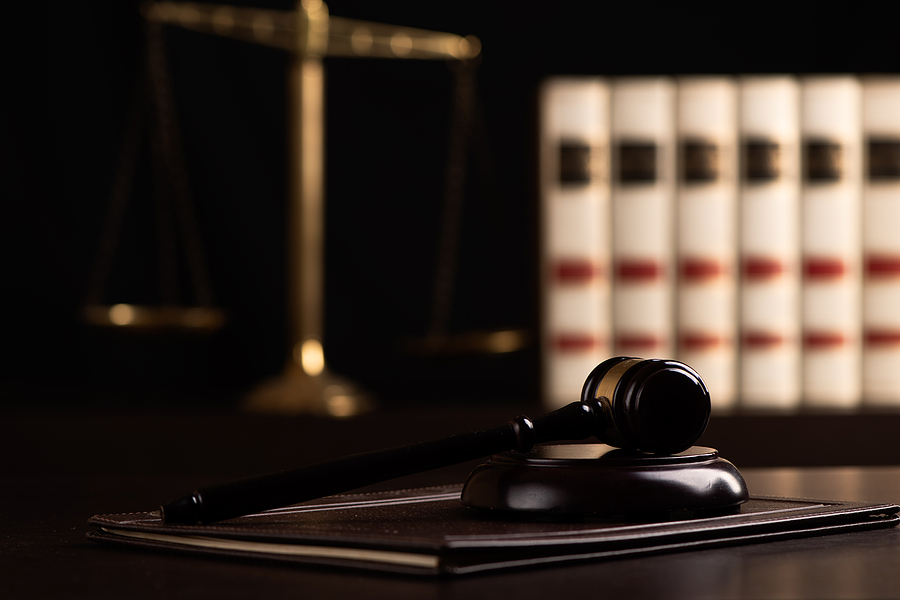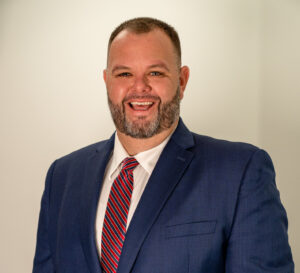
Court gavel, scale of justice, law theme. law lawyer hammer attorney court background composition judge concept. Close up
If you’ve been in a car accident and you’re talking to a seasoned attorney, or you’re simply doing research into legal representation, you’ll probably come across a lot of strange terms. You’ve never really had any experience with personal injury law before, so you really haven’t had the need to familiarize yourself with legal parlance.
Here are just a few of the terms you’ll likely encounter as your case proceeds. The Eberst Law Firm has a team of attorneys who have achieved a strong track record of success helping people just like you. When you turn to us, we’ll make sure you completely understand everything that’s going on in your case, without confusing you with a bunch of legalese. Get in touch with us online or give us a call at 1-888-CALL-JON for a free consultation.
Personal Injury Terms
Damages
When someone is hurt in a car accident, or any other type of personal injury accident, for that matter, they suffer losses. They have to pay for medical treatment, and they typically lose money because they’ve had to miss work because they’re hurt. In legal terms, these losses are known as “damages.”
There are many different types of damages that could result from your case. In addition to medical bills and lost wages, you probably have to repair your car. Also, you’ve probably gone through a great deal of pain and suffering due to the injury you suffered. An attorney with The Eberst Law Firm can work to help you obtain compensation for the damages you’ve incurred.
Defendant and Plaintiff
The defendant in your case is the party from whom you’re trying to recover damages. In the case of a car accident, for instance, the defendant will be the negligent driver who caused the accident. The person who brings a type of legal action, such as a lawsuit, is the plaintiff. In this case, you will be the plaintiff.
Demand Letter
This is simply a letter written by your attorney on your behalf. The letter demands that the recipient take a certain course of action, or cease a particular type of action. A demand letter starts the negotiation process between the opposing parties in the case – the plaintiff and the defendant.
A demand letter will contain essential information, such as how much harm the plaintiff has suffered, the relief the plaintiff is seeking, and more. It may also threaten a lawsuit if the plaintiff’s demands aren’t met. In many instances, the letter will state that the recipient has very little chance of winning a lawsuit, so they will be much better off by offering an equitable settlement.
Letter of Protection
An LOP is a letter that an attorney will sometimes send to a doctor or another kind of medical professional. The purpose is to guarantee the medical professional will receive payment for all medical treatment given to the plaintiff, once the plaintiff obtains fair compensation. It’s basically a promise that the doctor will be paid, and a request that medical treatment continue.
Liability
Liability is simply fault. The negligent driver is to blame for the accident, so that driver is liable for your damages. Some insurance company adjusters will try to shift liability to an accident victim. However, skilled attorneys know how to defeat any tricky tactics that an insurance company may try to use in an effort to deny you the compensation you deserve.
Made Whole
This is a legal principle that states the plaintiff’s insurance company will not receive any money from a settlement with the defendant’s insurer until all of the plaintiff’s needs have been covered. In other words, not until the plaintiff has been “made whole.”
Negligence
Say a motorcycle rider caused your accident by splitting lanes, causing you to slam on your brakes and be hit from behind by another car. The rider has committed negligence, which is failing to meet the duty of care that all vehicle operators owe to all others on the road.
Personal Injury Protection (PIP)
PIP is also referred to as “no-fault” insurance. It helps to cover expenses that result from an accident – regardless of who is to blame. If you’ve been in an accident, your PIP insurance will help cover not only your expenses, but those of any passengers who were in the vehicle at the time.
Policy Limits
All insurance policies have a limit on how much money they will pay in the event of an accident. Suppose you’re in an accident caused by a negligent driver, and that driver’s policy has a bodily injury limit of $50,000. That’s the maximum amount of money the negligent driver’s insurance company will be required to pay.
If your expenses exceed that amount, your attorney may be able to find other liable parties. The negligent driver, for instance, could have been driving for an employer, such as a trucking company. There’s a chance you could take action against that employer’s insurance company as well.
Pre-Existing Condition
Insurers will often claim that an accident victim wasn’t injured due to the accident itself, but was already hurt before the wreck occurred – the victim had a pre-existing condition. But even if a plaintiff has a pre-existing condition, there’s a chance the accident made that condition worse. Insurers will nearly always try to blame a plaintiff’s medical issues on a pre-existing condition or injury. However, an experienced attorney will be able to defeat that tactic.
Settlement
This is where the parties involved in an accident – the plaintiff and the defendant – reach a legal agreement that ends the dispute. Reaching a settlement means agreeing to a certain amount of money, in most instances.
However, many insurance companies will typically offer low-ball settlements that don’t come close to covering an accident victim’s damages. But an attorney can produce the solid evidence needed to convince that insurer to offer an equitable amount of money.
Uninsured/Underinsured Motorist Coverage
While you would hope all motorists would have sufficient insurance should an accident occur, far too many of them are driving with no insurance at all. If they have coverage, it won’t be sufficient to pay for the damages you’ve incurred. Hopefully, your own insurance policy will have uninsured/underinsured motorist coverage. If it does, then you’ll still be covered even if the other driver doesn’t have insurance.
Contact an Attorney to Answer Your Questions Now
Legal terms like these can be confusing if you haven’t come across them before. But at The Eberst Law Firm, we’ll take the complexity out of the personal injury litigation process. We’ll explain everything in plain English, and clearly spell out how we plan to help you obtain compensation.
Schedule a free case review by contacting us online or calling 1-888-CALL-JON.
